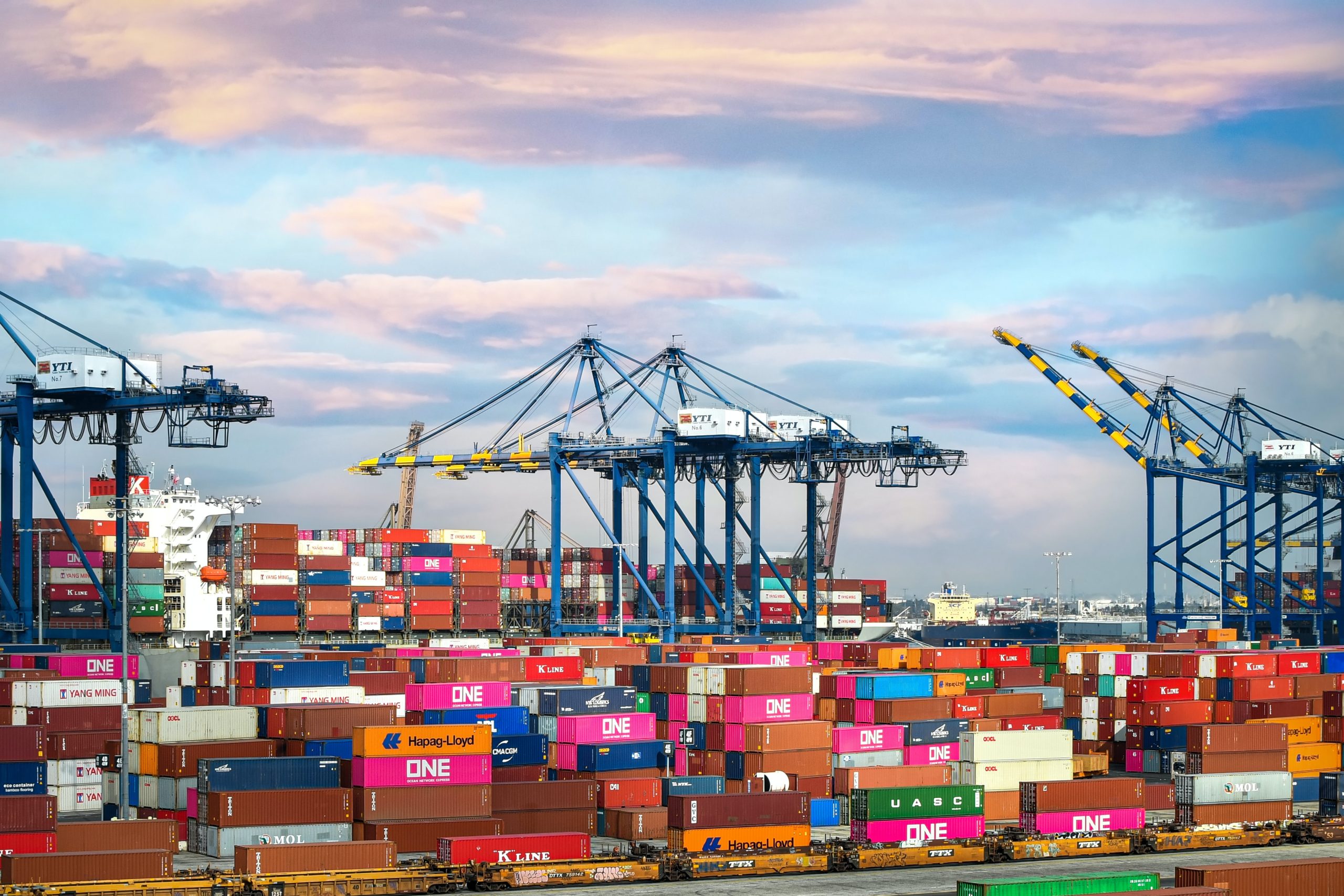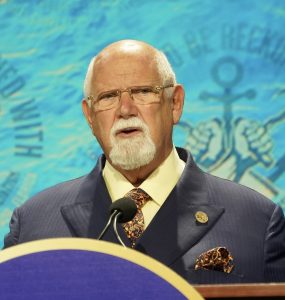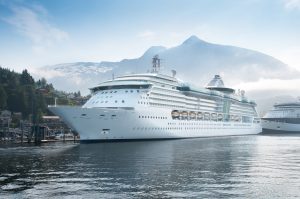Despite the present major decline in freight rates, global carriers have placed orders for new vessels at record levels, according to a new report from BIMCO, the world’s largest association representing shipowners, charterers, shipbrokers and agents.
The orderbook of 7.54 million TEUs signals a significant change in the global fleet, says BIMCO analyst Neils Rasmussen the analyst, who noted that “despite the collapse in freight rates, shipowners still have an appetite for new container ship orders and the orderbook has continued to grow.”
During the last 30 months, 8.61 million TEUs have been contracted, matching the level contracted during the preceding 90 months.
The orderbook has now increased for ten straight quarters, reaching a new record high in each of the last four quarters, and at 7.54 million TEUs it now equals 28.9% of the existing fleet.
“The large orderbook will result in significant fleet growth. Scheduled deliveries for 2024 and the remainder of 2023 are currently at 5.03 million TEUs. We estimate that recycling will hit nearly 1 million TEUs during that period and the fleet could therefore soon exceed 30 million TEUs for the first time; up 16% compared to today,” comments Mr. Rasmussen.
According to BIMCO’s report, delivery of the ships will also increase the fuel types used, as 57% of TEU capacity in the orderbook involves ships with some level of alternative fuel preparation compared to only 10% in the current fleet.
The first ships using methanol will be delivered and the first ammonia-ready ships will also be launched.
In the near future, five different fuels that could be in use: low- and high-sulphur fuel oil, LNG, methanol, and ammonia.
“As the use of alternative fuels increases it will become increasingly difficult to establish a single relevant rate benchmark for the time charter and asset markets,” noted the report.
At the same time, the operators’ ownership share of the fleet will continue to grow. Ten years ago, the operators’ ownership share of the fleet capacity bottomed out at 50% but has since climbed to 61%. This share will increase further in the coming years as 65% of the orderbook capacity is controlled by operators.
Many of the non-operating owners’ largest ships are fixed on long-term charter contracts and it is increasingly only smaller ships that operate in the short-term charter market, according to the analysis. Combined with the increasing ownership share, operators’ ability to use the time charter market to quickly adjust fleet capacity is therefore decreasing.
“Most importantly, the new ships will be more fuel efficient than most of the existing ships and the introduction of alternative fuels will help reduce their greenhouse gas emissions,” said Mr. Rasmussen.
(Photo of Port of Los Angeles by Barrett Ward)








